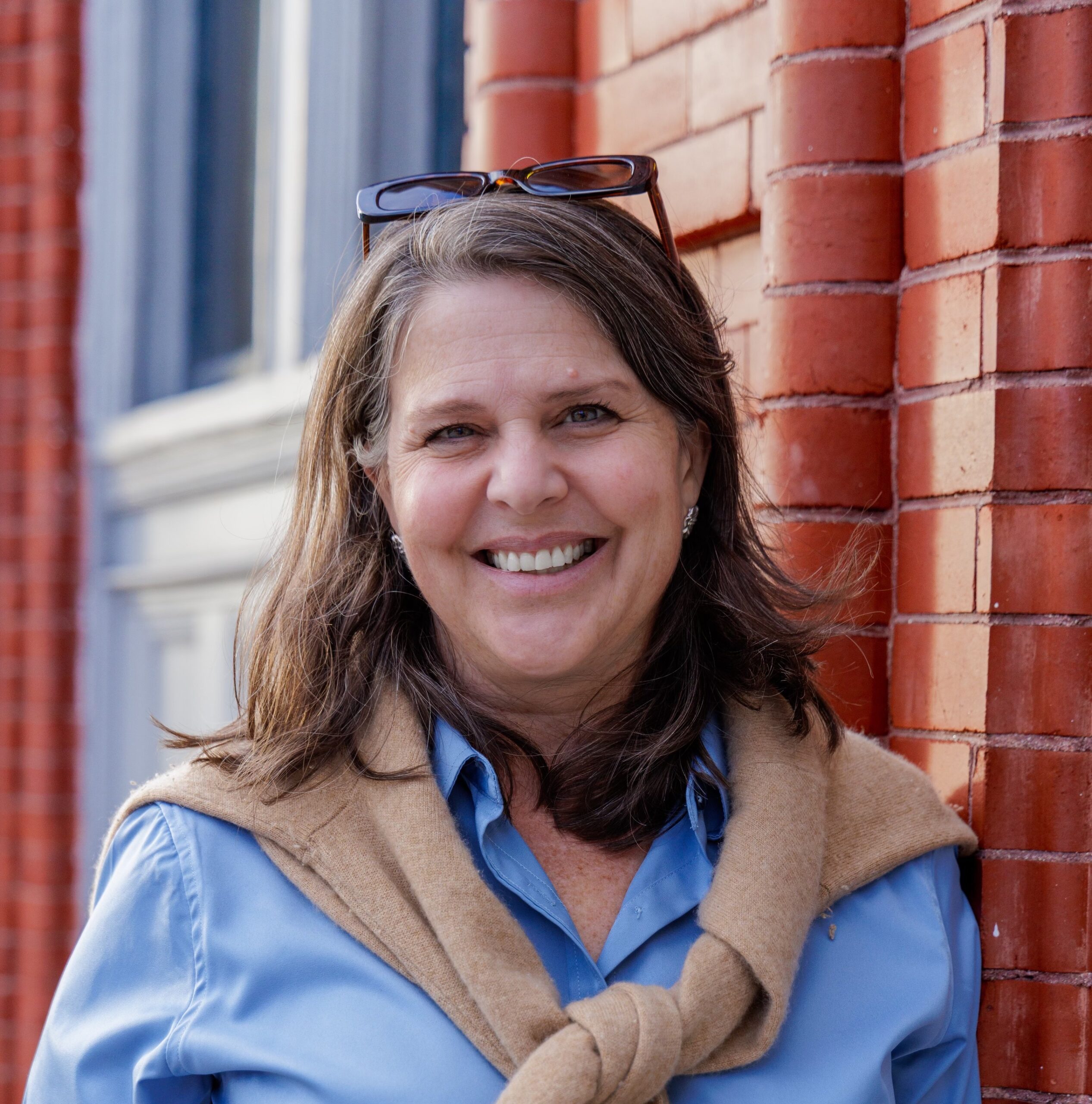Australian firm introduces patented modular vertipad to address FAA safety concerns and battery fire risks
Skyportz, a global leader in vertiport design and research, has announced that it will offer free access to its patented modular vertipad design to U.S. companies participating in the White House’s new eVTOL pilot initiative. The offer is intended to support the United States’ ambition to take a leadership role in the global Advanced Air Mobility (AAM) market.


The offer comes as the U.S. continues to prioritize infrastructure development to support the future of electric air taxis, and as regulatory bodies, including the FAA, outline new safety parameters for vertipad design.
Tackling Critical AAM Infrastructure Challenges
Skyportz’s modular vertipad addresses two of the most pressing issues for urban vertiports: managing rotor downwash/outwash and effective battery fire suppression.
The FAA’s Engineering Brief 105A, published in January, highlights the importance of managing wind generated by eVTOL aircraft during takeoff and landing. Specifically, the FAA recommends a safety zone around landing surfaces wherever wind speeds exceed 34.5 mph. Skyportz’s patent includes multiple adjustable height settings for both the FATO (Final Approach and Takeoff area) and surrounding surfaces, along with a movable blast screen to help reduce wind intensity. This can significantly decrease the footprint required for safe operations—potentially allowing multiple vertipads to be installed side by side.
In the event of a fire caused by battery thermal runaway, Skyportz’s design includes a submerged pit beneath the landing surface. This allows for full water immersion of the aircraft, providing a rapid and conclusive fire suppression method while containing the water to prevent environmental contamination. The current alternative—waiting for battery fires to burn out—can shut down operations for extended periods.
A Global Patent and U.S. Collaboration
“Our patented vertipad solves key barriers to safe and scalable vertiport operations,” said Clem Newton-Brown, CEO of Skyportz. “We’re offering this solution at no cost to U.S. companies aligned with the White House’s push for electric air taxi leadership. It’s a highly affordable and science-backed product, and we’re excited to share it.”
To further develop the technology, Skyportz has initiated a retail capital raise in Australia. The funds will support research by Swinburne University and Sophrodyne Aerospace, a firm specializing in eVTOL downwash and outwash modeling.
Dr. Richard Brown, CEO of Sophrodyne Aerospace, praised Skyportz’s scientific rigor:
“Skyportz is serious about the science behind vertiport design. Their methodical and evidence-based approach makes their technology highly trustworthy in both engineering and business terms.”
Dr. Brown has been working with the FAA and UK Civil Aviation Authority (CAA) to model downwash effects for aircraft such as Joby and Archer.
An international patent protecting Skyportz’s vertipad design was filed on June 6, 2025. The company intends to license the technology globally.
Read more:


Miriam McNabb is the Editor-in-Chief of DRONELIFE and CEO of JobForDrones, a professional drone services marketplace, and a fascinated observer of the emerging drone industry and the regulatory environment for drones. Miriam has penned over 3,000 articles focused on the commercial drone space and is an international speaker and recognized figure in the industry. Miriam has a degree from the University of Chicago and over 20 years of experience in high tech sales and marketing for new technologies.
For drone industry consulting or writing, Email Miriam.
TWITTER:@spaldingbarker
Subscribe to DroneLife here.

